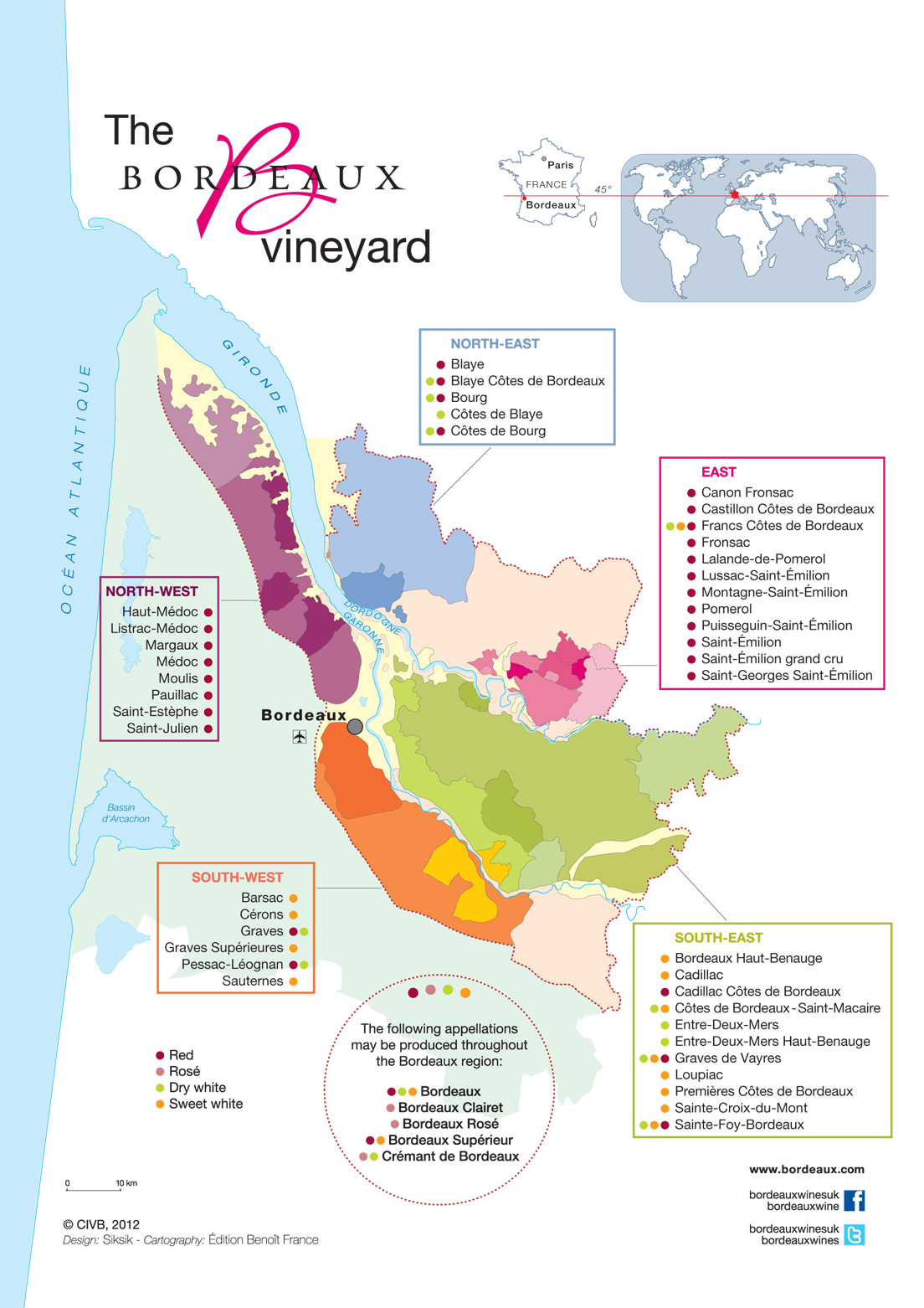

If a wine is from a specific vineyard site, that site will be indicated in quotations (i.e. A wine from a larger (read: more vague) region is typically a value wine whereas a wine from a specific vineyard site often indicates a higher quality regional designation (i.e.
Region The region indicates from where the grapes were sourced to produce the wine. 
Apothic Red is a branded wine by E&J Gallo–the producer.

It’s important to note that some American wine labels that only have a Wine Name (such as Apothic Red) are branded wines from larger wine companies. Producer or Name The producer name is either obvious or in small text at the top or the bottom of the label (such as many French wine label examples).Understanding a wine label may not always tell you how the wine tastes but it can help you get a better picture of exactly what you are buying. A perfect example of an appellation wine is Chablis: Nowhere on a Chablis label is a mention of chardonnay as the grape, nor that Chablis is typically an unoaked chardonnay. A wine that is identified by its appellation credentials relies on the appellation’s quality level rules and regulations to indicate what’s in the bottle. A wine that is labeled by it’s brand will indicate what grapes it’s made of on the front label (whether it be chardonnay or ‘red blend’). A wine identified by its brand name or a wine designated by its appellation credentials. There are 2 main styles of wine labels commonly found in the stores.

The specific requirements for regions are determined by the country of origin.
#Label wine maps pdf how to
How To Read A Wine Label In France, wines are labeled by region or “appellation.” Appellation CredentialĪppellation credentials are awarded to regional producers following strict rules governing which grapes are allowed, crop yield, alcohol percentage and quality level. Here’s a quick guide to help you know what matters, how to spot a bargain, and what to ignore. Some of it is critical to understanding what is in the bottle, and some of it is just blowing smoke. Wine labels have a lot of information on them.
Country, state (or foreign equivalent), multi-state (or foreign equivalent, such as multi-province), county (or foreign equivalent) or multi-county (U.S.Here are some helpful tips (and visuals) on how to read a wine label. or foreign viticultural area appellations of origin apply only to grape wine All appellations of origin apply to grape wine. Appellations of origin are only defined for use on wine. or foreign government recognized delimited grape-growing area (referred to as a “viticultural area” under U.S. wine, a listing of up to 3 counties (multi-county appellation) A listing of up to 3 states (multi-state appellation) or the foreign equivalent. regulations (specifically 27 CFR 4.25), an appellation of origin is: Wine regions of Parties to the Protocol to the WWTG Agreement on Requirements for Wine Labeling. European Community Names of Origin for Wine (from U.S./EC Trade in Wine Agreement). If you have any questions about foreign or domestic or appellations of origin you may also contact TTB's International Affairs Division at Contact IAD online or (202) 453-2260. For up-to-date information about wine appellations of origin in a specific country, you should contact the authorities of the appropriate foreign government. TTB's regulations require that imported wine labeled with a foreign appellation of origin must conform to the requirements of the foreign laws and regulations governing the composition, method of production, and designation of wines available for consumption within the country of origin. TTB consults with foreign governments to obtain lists of foreign appellations of origin for wine. TTB is re-evaluating the means by which we provide information on our website about foreign appellations of origin that fall outside of established international trade agreements. TTB maintains a list of established AVAs, as well as a listing of AVA petitions that have been accepted as perfected, but for which a Notice of Proposed Rulemaking has yet to publish. viticultural areas whenever we add a new U.S. viticultural areas identified in 27 CFR part 9, the 50 States, and U.S. When an Appellation of Origin is Required The information provided here is as comprehensive as possible based on the information available to us. The TTB.gov Wine Appellations of Origin homepage serves as a virtual warehouse of all U.S.








 0 kommentar(er)
0 kommentar(er)
